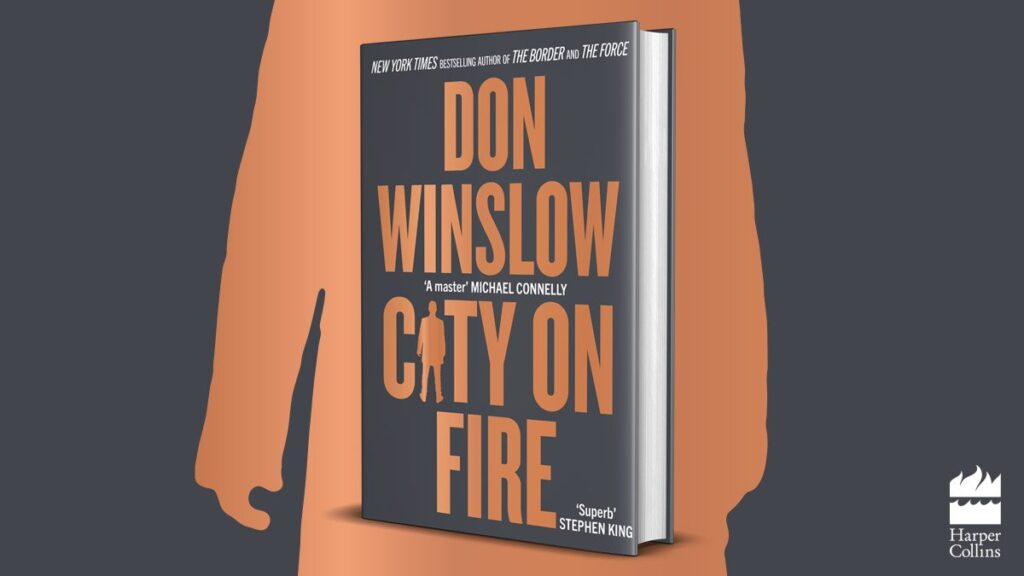After the – apparently – bloodthirsty nature not only of my last couple of blogs, but also of my recent conversations with friends, I have decided that it is probably in the best interests of my immortal soul to try to avoid talking about torture or execution.
Thus I shall pull on my metaphorical tweed jacket with the natty leather elbow patches that seemed to be the obligatory uniform of my history teachers at school and hopefully impart some of my newly found ‘knowledge’.
The Roman Inquisition [which was officially known as the Congregation of the Holy Office of the Inquisition – a mouthful of a name if ever there was one] was one of three inquisitions that ran almost contemporaneously from the late fifteenth century to the mid-nineteenth century. The other two were the Spanish and Portuguese Inquisitions – both of which were run under the authority of their respective monarchs, unlike the Roman Inquisition which was directly controlled by the Vatican.
In S.J. Parris’s novel Heresy it is this Roman Inquisition that the main character Giordano Bruno is trying to escape from after being accused of heresy. Ironically, the Dominican Order that Bruno belongs to were renowned for their anti-heresy stance and many of the inquisitors were taken from their ranks, making Bruno’s views [I am not scientifically gifted but he seems to have been in favour of the Copernican model of the cosmos] even more shocking.
It remains a mystery as to whether these inquisitors were chosen or volunteered [because I couldn’t find anything about it on the internet, rather than because it is an actual mystery – I’m sure that there are many enthralling historical books devoted to the topic], and also how they reconciled their faith with the brutal physical and mental suffering that they caused to those accused of heresy.
Lucky I didn’t become a teacher is all I can say; although, if I had then it would probably have made a dent in the league table!


